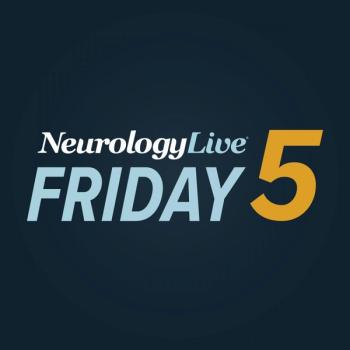
Insights on Migraine, Autonomic Dysfunction, and Stroke Risk from the ARIC Study: Souvik Sen, MD, MPH, FAHA
The chair of neurology at the University of South Carolina discussed findings from a study recently presented at AHS 2025 that linked migraine to autonomic dysfunction, increased risk of atrial fibrillation, and cardioembolic stroke. [WATCH TIME: 5 minutes]
WATCH TIME: 5 minutes
“We were able to get data which suggest that people who have migraine with or without aura, they both have what is called a cerebral autonomic dysfunction, meaning the brain is not able to control the heart rate as well as somebody who does not have headache.”
Heart rate variability (HRV) is known as a well-established marker of autonomic nervous system function. In recent emerging evidence, studies have linked migraine with aura to an increased likelihood of developing atrial fibrillation, the most common cause of cardioembolic ischemic stroke. Notably, research has reported that low HRV has also been associated with a heightened risk of atrial fibrillation. Recent data from the Atherosclerosis Risk in Communities (ARIC) study further supported this connection, revealing a stronger correlation between reduced HRV and migraine with aura.
At the
In a follow-up conversation with NeurologyLive®, Sen, professor and chair of the Department of Neurology at the University of South Carolina, discussed the ARIC study's findings in greater depth. He noted that analysis demonstrated that individuals with migraine, regardless of aura status, exhibited signs of cerebral autonomic dysfunction and lower HRV. In the interview, he highlighted this as a potentially underrecognized mechanism contributing to stroke risk, particularly among younger women. Sen also underscored the clinical potential of early HRV monitoring as a proactive strategy to identify and protect high-risk individuals before a stroke occurs.
Transcript edited for clarity.
REFERENCES
1. Sen S. Test Role Of Heart Rate Variability (HRV) In Predicting Atrial Fibrillation and Ischemic Stroke In Migraine (CL). Presented at: 2025 AHS Annual Meeting; June 19-22; Minneapolis, MN. Plenary Session 2: STROKE.
Newsletter
Keep your finger on the pulse of neurology—subscribe to NeurologyLive for expert interviews, new data, and breakthrough treatment updates.



































